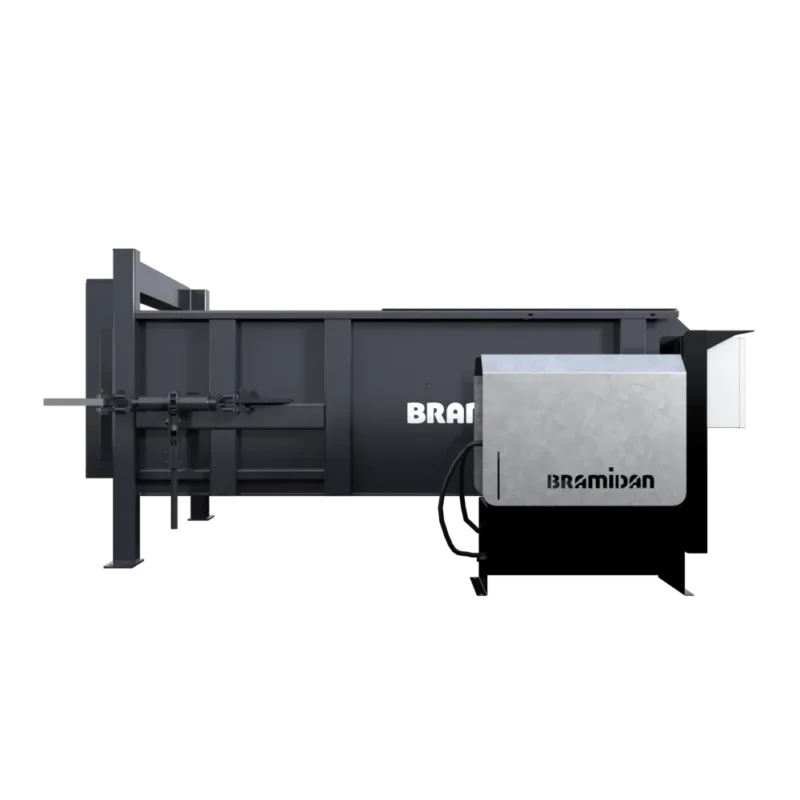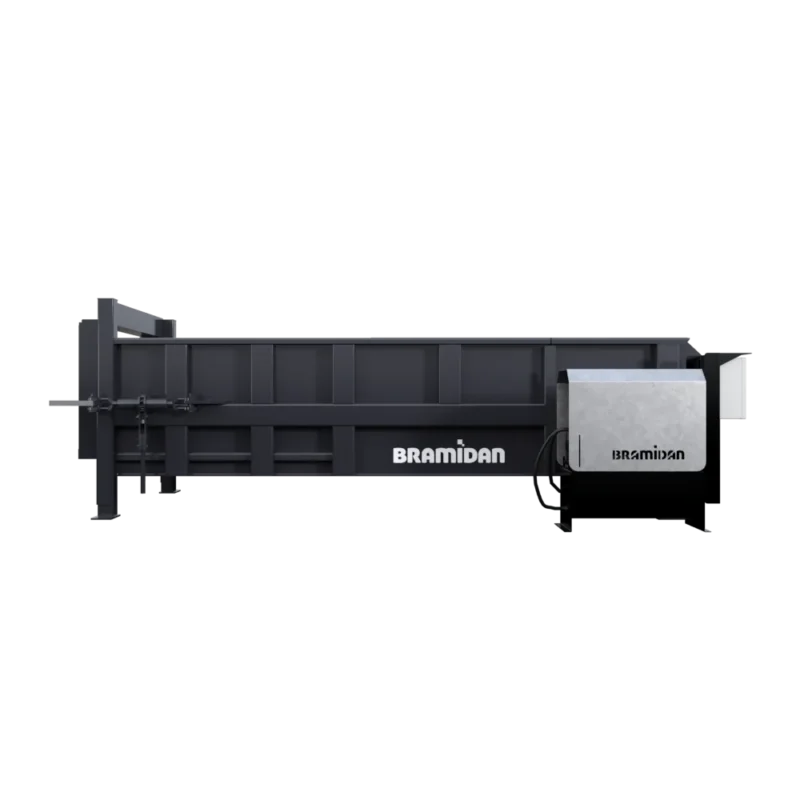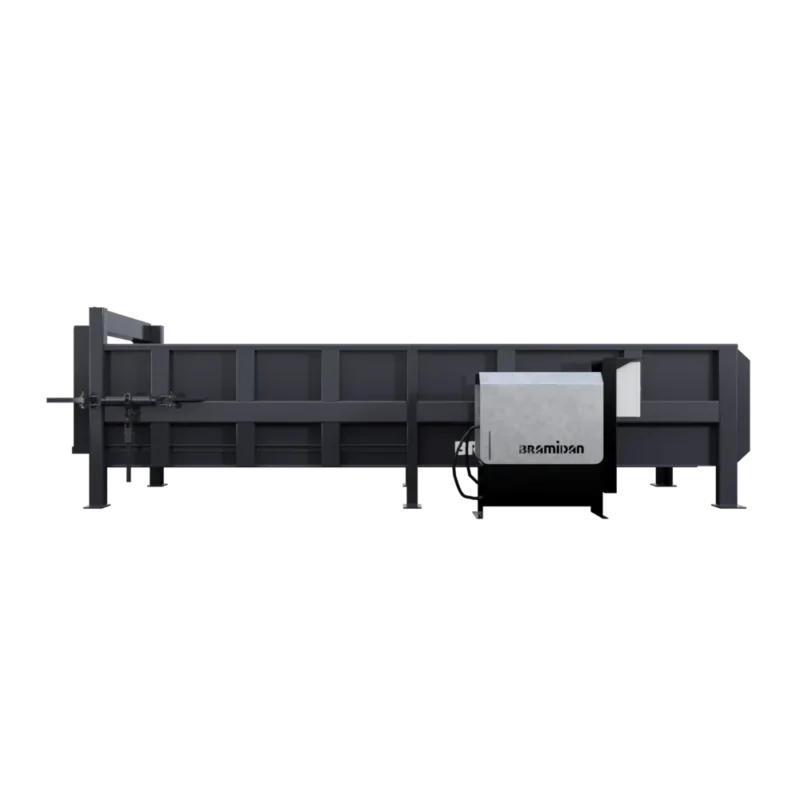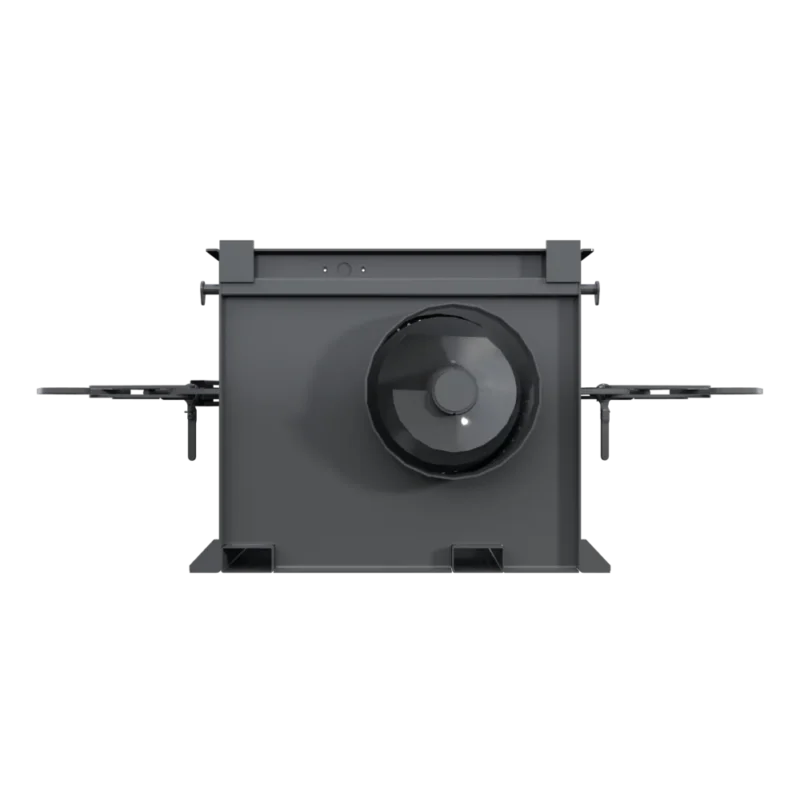Stationary Compactors
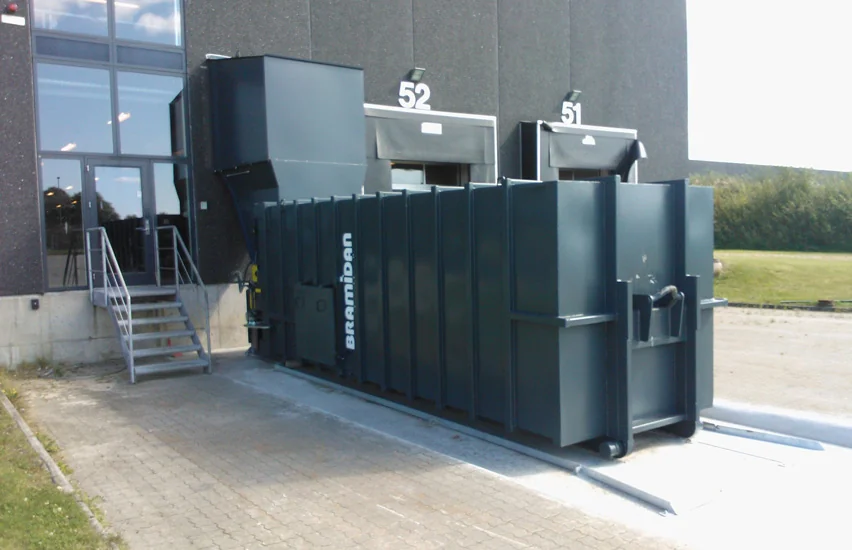
Why Choose a Stationary Compactor?
Whether you’re a small or a big business, these units are here to make waste management a breeze. Engineered to handle dry waste materials like paper, cardboard, and plastic, our stationary compactors are the ultimate solution for businesses seeking to optimize their workspace.
With their fixed location, efficient emptying process, and cost-effective operation, our stationary compactors redefine efficiency in waste disposal. They are built to last and come with user-friendly features that make operation and maintenance a walk in the park.
Not sure if you need a stationary compactor or a self-contained compactor? Check out our guide for more information.
Stationary Compactor Models
Bramidan ST 2
Bramidan ST 3
Bramidan ST 4
Monitor and Optimize with BRA-IN
With real-time data and automated notifications, you can make better decisions, cut operational costs, and document your sustainability efforts.
BRA-IN stands for Bramidan Intelligence and connects your equipment directly to an easy-to-use platform – letting you track fill levels, optimize pickups, and schedule maintenance – all in one seamless solution.
Combine our BRA-IN services to fit your needs
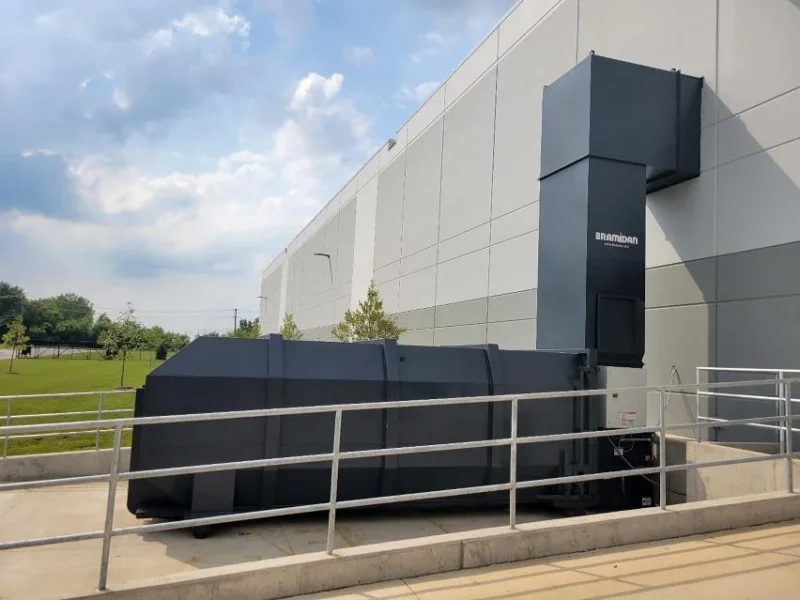
Efficiently Process Large Volumes
Our dry waste compactor, with its innovative conic screw design, optimizes space and weight in the container by breaking down material as it feeds. As a result, you can achieve a remarkably high-compaction ratio. In fact, compared to a regular compactor, our auger compactor can compact up to 60% more waste material.
While vertical balers and horizontal balers are suitable for compacting various types of recyclables, our full enclosure compactor can handle an even wider range of waste streams. Whether it’s cardboard, paper, plastic bottles (PET), shrink wrap, or wood pallets, our recycling compactor can handle very large volumes.
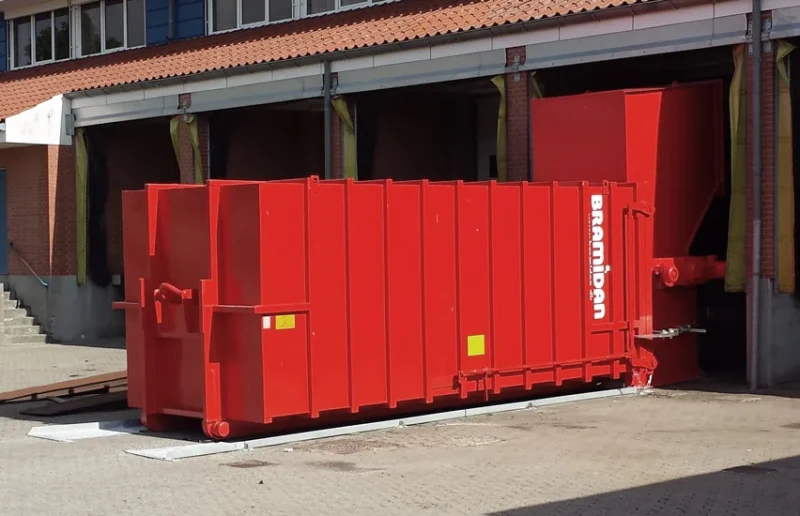
Simplify Industrial Waste Management
If you’re unsure about dealing with commercial and industrial waste, our industrial compactor is the perfect solution. It effortlessly handles large volumes of dense waste materials, while ensuring that the waste is evenly distributed during loading.
Our trash compactor streamlines waste hauling – only the container needs to be emptied. You can seamlessly swap containers for continuous waste disposal, ensuring uninterrupted workflow and allowing more time for the crucial operations that set your business apart.
Stationary Compactors: A Breakdown & User Guide
Waste Volume Reduction
Stationary compactors are engineered to compress solid waste material to a fraction of its original size, which is invaluable for both commercial and medium industrial settings. This compression is facilitated through a variety of configurations such as different hoppers, walk-on or drive-on ramps, multi-cycle timers, and remote stations that can be tailored to specific needs.
Recycling
These machines can be utilized to compact recyclable materials like cardboard and plastic, especially in situations where a baler isn’t suitable or practical. They help in segregating and compacting recyclable materials, promoting recycling efforts within a facility.
High-Volume Waste Settings
Stationary compactors are particularly useful in high-volume waste settings like hospitals, department stores, restaurants, and warehouses. They handle dry materials such as plastic and cardboard effectively.
Space Efficiency
They are designed to be bolted or welded permanently to the ground, with a ground-mounted compactor connected to a removable roll-off receiver container. This design is effective in locations where there’s no space limitation issue on-site, allowing for efficient waste handling without occupying excessive space.
Cost Efficiency
By significantly reducing the volume of waste, these compactors lower the frequency and thus the cost of waste hauling. They are also appreciated for their quick cycle times, which enhance operational efficiency and further contribute to cost savings.
Suitability for Different Waste Generators
Whether it’s low to moderate volume waste generators or businesses that generate large volumes of waste, stationary compactors cater to a wide range of waste generation levels. They are ideal for businesses or properties that require efficient waste handling solutions without spatial limitations.
In summary, businesses with substantial waste generation, especially dry waste and recyclables, would find stationary compactors a worthy investment for efficient waste management, cost reduction, and promoting recycling initiatives.
Safety Measures
Personal Protective Equipment (PPE): Employees should wear safety gloves, goggles, earplugs, and hard hats when operating waste balers and compactors.
Equipment Safety Features: Features like Emergency Stop Button ensure safety during operation.
Training: Thorough training for staff on the correct use and safety protocols of operating a trash compactor is crucial. This training should cover operation guidelines and emergency procedures, ensuring only authorized and properly trained personnel operate the compactors.
Most Common Questions & Answers
No, it does’nt. Our compactors are designed for durability.
The machines only require an annual safety check as prescribed by law. During the service check, the service technician will ensure that your equipment lives up to the rules regarding safety and functionality.
We provide a professional service setup designed to meet the needs of our customers, including flexible service contracts. With a service contract from Bramidan, you always have an up-to-date machine with the latest technology and user friendliness.
That depends on the compactor. As a rule of thumb, you can use a compactor to compact all soft materials. Examples of soft materials include cardboard, shredded paper, news paper, paper bags, soft dry plastic, and PET bottles.
There are also compactors for wet waste, polystyrene, EPS, and wood.
We always recommend that you consult with us if you wish to use your compactor for any other materials than the listed and recommended materials.
There are special screw compactors for handling waste that contains a lot of liquids or waste that is very wet.
These compactors combine powerful draining with high compaction. They can be used to separate solid waste material from liquids or to remove residual liquids from waste products. The system effectively drains out free-flowing contents from beverage containers such as plastic cups, Tetra Pak packaging, cans, or PET bottles, or drains sewage sludge and industrial waste.
The drained-out liquid is discharged via a drainage pipe and can be collected in a trough or led further into the drainage system. Drained material is easier to process or recycle and the drained solid waste material can be energetically utilized in incinerator plants. Furthermore, the reduction in weight as a result of draining enables considerable cost savings in waste disposals.
Questions? Contact Us Today




